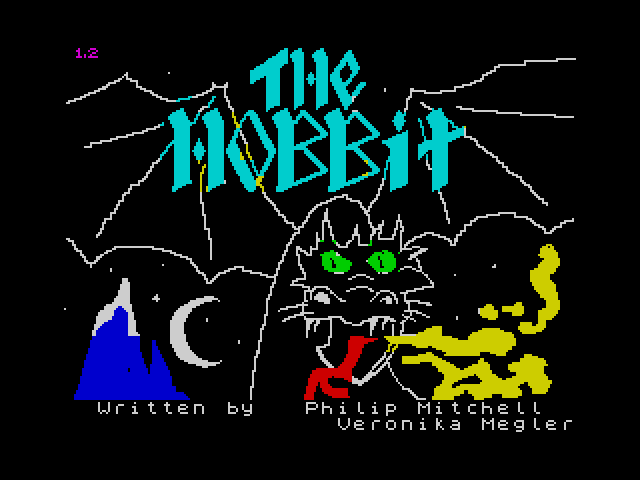
Veronika Megler worked at Beam Software when she was a computer science student in the early 1980s. She co-designed “The Hobbit” with Philip Mitchell. Megler was responsible for the creation of The Hobbit’s remarkable game world, alive with possibility and emergent events. A text world but one rich with with physics and populated by creatures and character all behaving autonomously.
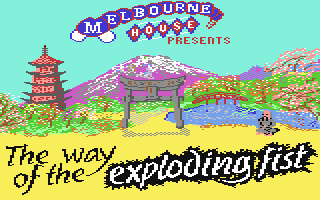
“The Way of the Exploding Fist” was one of Beam Software’s best-selling games, and reached number one in Europe. It was one of the first ‘beat-‘em-up’ games for the home computer and the first multi-move beat em up. Jordan Mechner’s “Karateka”(1984) which came out just before “The Way of the Exploding Fist” was basically punch and kick. The game offered an unprecedented sixteen karate moves, which allows for strategic game playing and complexity.
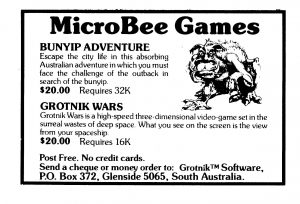
Grotnik Software was founded by Ross Williams. It was a one man team. Williams had previously been making software for the Exigy Sorcerer. Grotnik is known to have developed three games for the Microbee – “Grotnik Wars” (1984), “Bunyip Adventure” (1985) and “Flip” (1986). Grotnik appeared to stop trading and was removed from the Microbee Market in 1988.
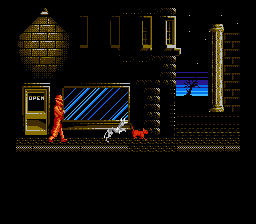
The genesis of Nightshade according to designer Pauli Kidd is that the higher-ups at Australia’s Beam Software wanted a “graphic adventure game that would be a whodunit” The game designed by Beam Software is described by GameSetWatch writer Todd Cioleyk as “offbeat superhero” a precursor to genre popularised in movies such as “The Tick or Mystery Men” (Cioleyk, 2007).
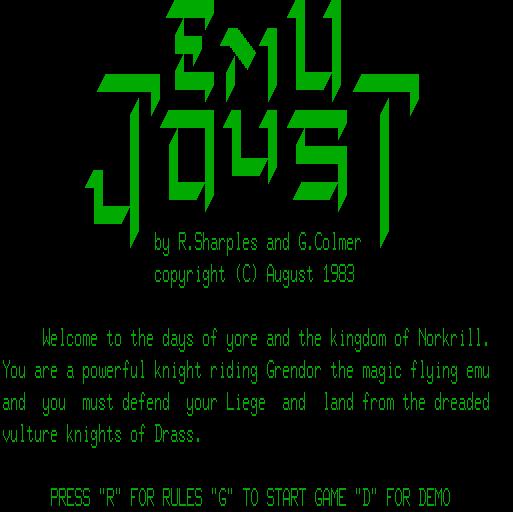
Honeysoft was the Publishing division of Applied Technology/Microbee Systems and known as Honeysoft Publishing Company, Waitara, N.S.W. They issued all manuals and software for the Microbee. This was the original office that Applied Technology started from until Applied Technology moved to bigger premises at Gosford.
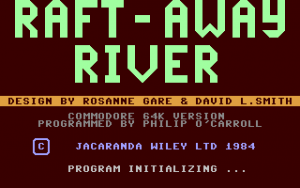
Jacaranda is the Australian imprint of U.S. publishing company, Wiley. In the early 1980s, the company was run by an “inspirational leader”, John Collins. Collins decided that there might be a place for materials for the computers that were then beginning to appear in schools.
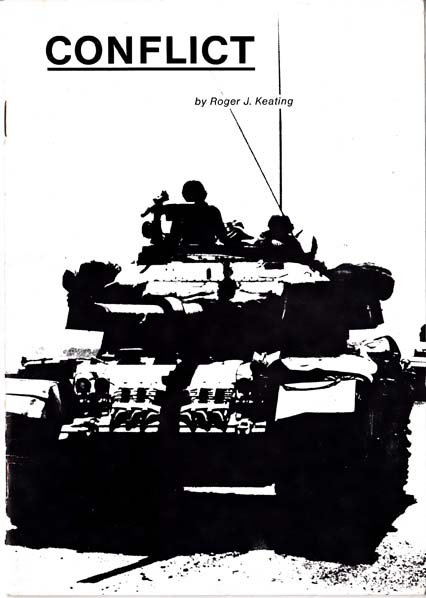
Keating Computer Software was Roger Keating‘s brand for self publishing his game “Conflict” (1980) into the local market. Previously Keating had been writing games and giving them away through the Apple User Group.

Melbourne House (Publishers) Ltd, founded by Alfred Milgrom and Naomi Besen in 1977, was a book publishing company with offices in both Melbourne and London. Publishing laws at the time tied Australia to the UK market, meaning that it was difficult for Australians to buy American published books that had not been embraced by a UK publisher.

Micro Forté was founded in 1985 by university friends John De Margheriti, Steve Wang, Stephen Lewis, and John Reidy. The studio’s first title, “Official America’s Cup Sailing Simulation”, was developed for Australian entrepreneurs Armchair Entertainment and picked up by Electronic Arts…
Mindscape was founded in 1983 by Roger M. Bouy, the former vice president of Scholastic Inc. It was located in Northbrook, Illinois. In the 1980s, it was a very successful publisher and distributor of games and educational software for the Commodore, Amiga and DOS systems…
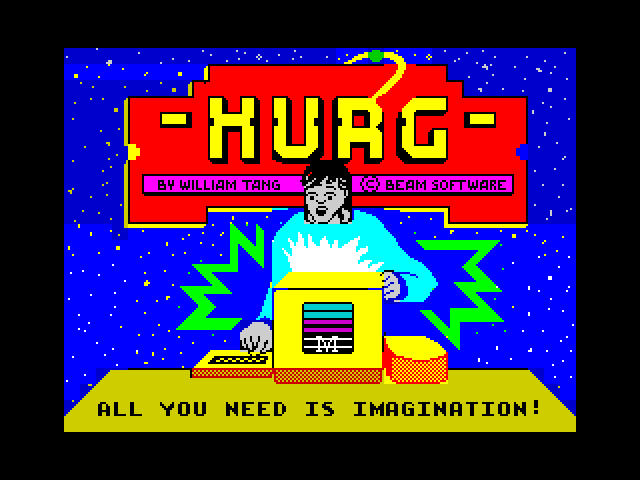
Best known as the author of the Horace games William Tang was Beam Software’s first employee. He was studying commerce and computer science at the University of Melbourne when Alfred Milgrom hired him in December 1980 to work during his University break. Bundled with the Sinclair ZXSpectrum Tang’s Horace games were often the first computer games a generation of people played.
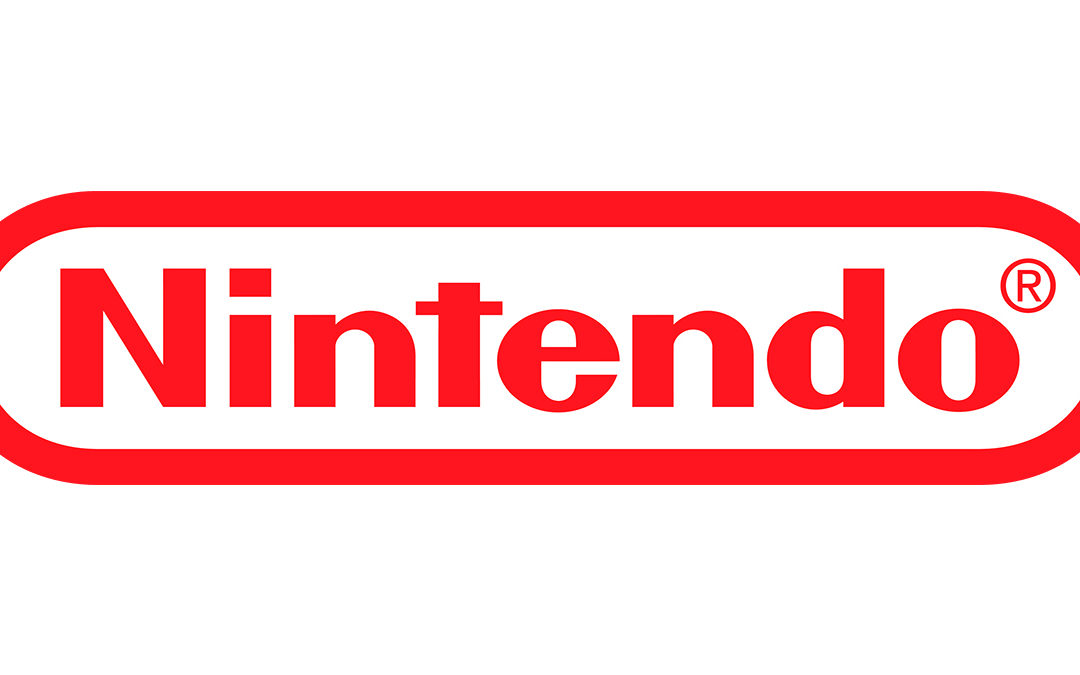
Nintendo established its Australian office in 1994 (originally in Mulgrave, Victoria). Previously Mattel had been responsible for Nintendo products in Australia. Nintendo Australia’s inaugural joint managing directors were Graham Kerry and Susumu Tanaka. Graham Kerry came across from Mattel Australia where he had been a General Manager and Susumu Tanaka from Nintendo Japan.
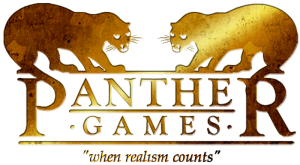
Panther Games was founded in 1985 by Dave O’Conner. Based in Canberra, Panther originally designed hex-based strategic military simulation board games, releasing three titles in the 1980s: “Trail of Strength” (1985), “Shanghai Trader” (1986), and “Warlords: China in Disarray”, 1916-1950 (1986).
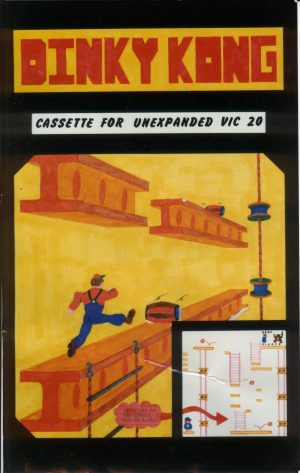
Perspective Software is the name that Mark Sibly chose to publish “Dinky Kong” under.

Like most other state Education Departments in the 1980s, the Queensland Department of Education had a software development unit. This unit employed the individuals who created the game “Pieces of Eight”.
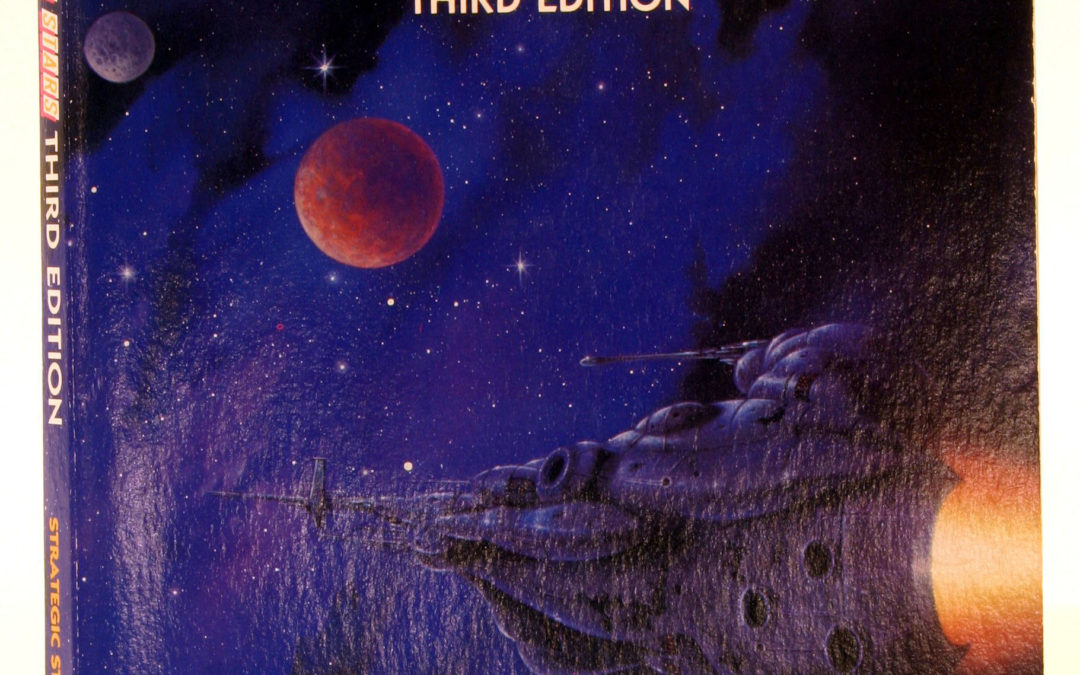
Strategic Studies Group (SSG) was founded in New South Wales in 1982 by wargame specialists Roger Keating and Ian Trout. SSG was both a developer and a publisher. Their first game, “Reach for the Stars” (1983), is identified with launching the 4X genre of space games (eXplore, eXpand, eXploit, eXterminate).
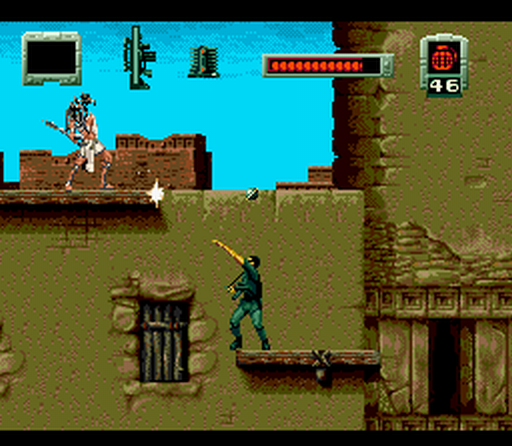
Stargate for the SNES is a licenced videogame tie-in for the 1994 movie of the same name starring Kurt Russel and James Spader. The game is a 2D action side-scrolling platformer where the player controls Colonel Jack O’Neil (the action hero played by Kurt Russel in the film).
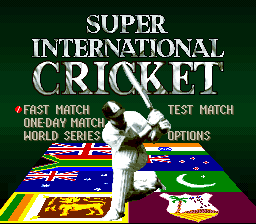
“It recreates cricket almost perfectly , whether that is good or bad depends if you like cricket or not. It’s an excellent sports sim but lacks any arcade style fun.” (“Super International Cricket Review”., Total! Magazine , Issue 43, July 95, pages 34-35).
This summary by UK games magazine Total! provides a sense of the challenge of making a cricket videogame.

















